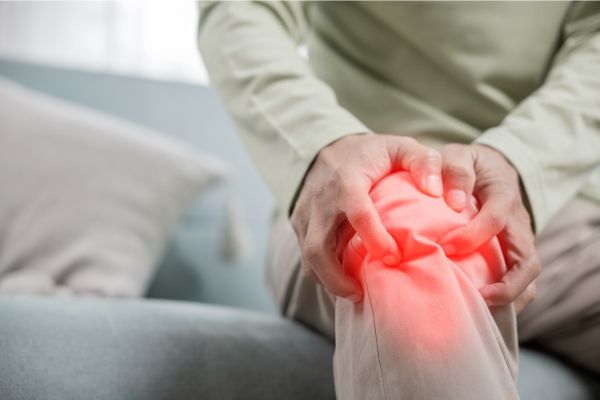Knee pain is a widespread problem among people of all ages. The pain becomes a difficulty when it begins to interfere with daily activities. Simple activities like walking and running can become problematic with knee pain. The pain becomes more severe when someone tries to bend the knee. It is the pain in or around the knee joint or soft tissue of the knee. Knee pain can last for a long time coupled with pain, swelling, and sensitivity in one or both knees.
Our team of experienced physiotherapists in Gurgaon is here to help. Using advanced techniques and personalized care, we offer comprehensive knee pain rehabilitation. Our evidence-based approach and state-of-the-art equipment ensure effective treatments and targeted exercises for pain relief. Mild Knee pain can be treated at home temporarily but for severe knee pain, it becomes necessary to visit the Best Physiotherapist in Gurgaon.
Knee Pain is caused by reasons that are usually not related to any underlying conditions. Some common causes are heavy physical activity or lack of knee use. Some other reasons are sprain or strain or sitting on knees for a prolonged period.
There can be several other minor causes of knee pain like a dislocated joint, bursitis, or simple muscle strain among others.

The treatment of knee pain can be different for everyone. It can rely on the cause of the pain. But, some common medications for knee pain are:
The treatment plan for knee pain is customized for every patient based on their age, gender, medical history, and cause of the pain. However, there are some common exercises that a physiotherapist may teach you to strengthen the surrounding areas of the knee joint. Some of them are:
If you are looking for the best physiotherapist to treat knee pain, you can get the best treatment at Dynafisio. Dynafisio is a leading physiotherapy clinic in Gurgaon equipped with the latest medical infrastructure and qualified practitioners.